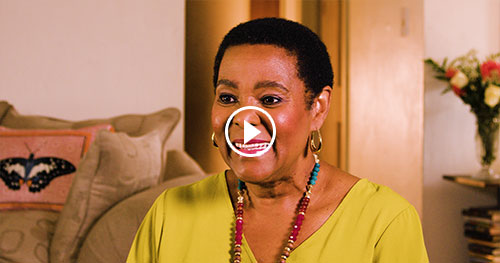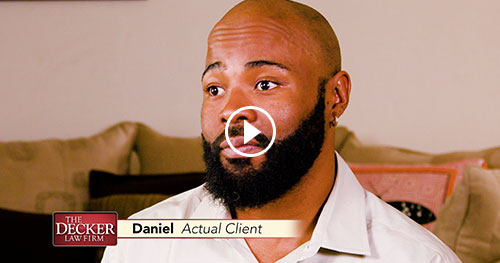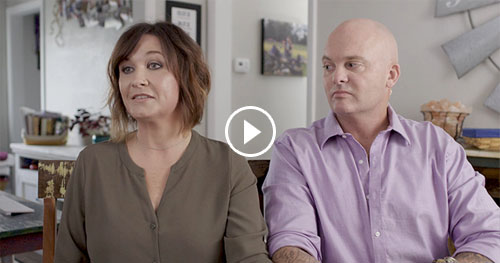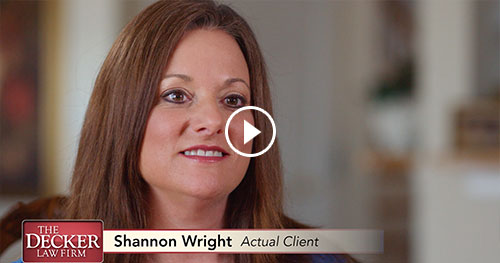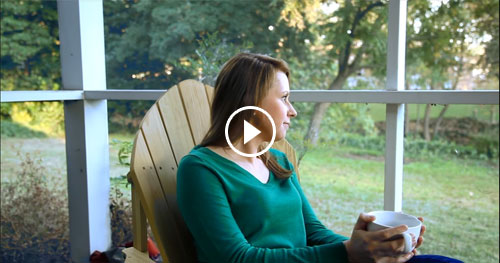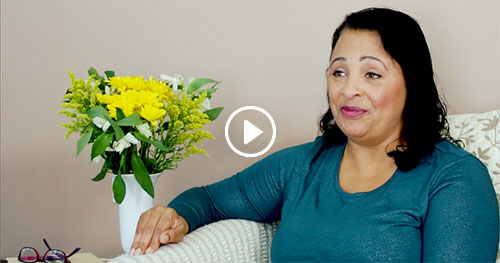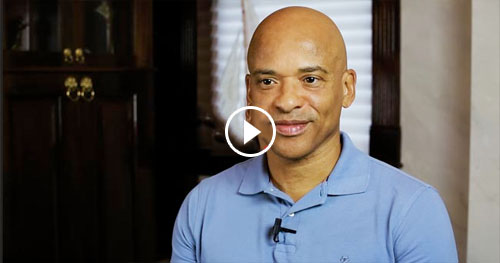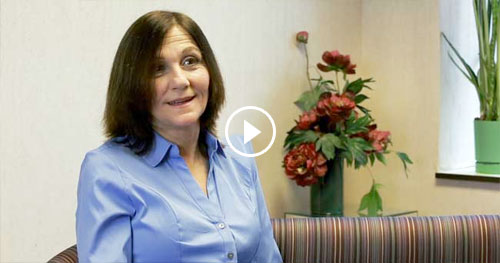Bicycle Accident Attorney in Virginia – Decker Law
When a bicycle accident occurs, cyclists face serious injuries and complex legal challenges. Unfortunately, cycling accidents in Virginia happen frequently, with nearly 800 bicyclists killed annually across the United States. Moreover, bike accident victims often struggle against insurance companies and motorists who fail to understand cyclists’ rights on the road.
Common Causes of Bicycle Accidents
Understanding why bike accidents occur helps both cyclists and motorists prevent future incidents. Furthermore, identifying the cause often determines liability in bicycle accident cases.
Driver Inattention
Motorist inattention remains the leading cause of cycling crashes. Additionally, distracted drivers using phones or reaching for objects cannot see approaching cyclists. Consequently, these dangerous situations force cyclists to either stop suddenly or swerve into traffic.
Night Riding Conditions
More than half of all bike crashes happen at night when visibility decreases significantly. Therefore, cyclists should wear reflective gear and use proper lighting. However, even with safety equipment, motorists still bear responsibility for watching for cyclists.
Poor Road Conditions
Approximately 13% of cycling incidents result from inadequate road maintenance. While cyclists cannot always avoid these hazardous routes, municipalities may bear responsibility for maintaining safe roadways.
Preventing Bicycle Accidents
Although prevention strategies help reduce cycling crash risks, incidents still occur despite safety precautions. Nevertheless, these tips may help avoid dangerous situations:
For Cyclists:
- Add bells and lights to your bicycle for better visibility
- Wear reflective surfaces when riding at night
- Avoid known routes with poor road conditions
- Never wear headphones while cycling
For Motorists:
- Always yield to cyclists when driving
- Avoid distracted driving behaviors
- Keep music volume low to hear approaching cyclists
Common Bicycle Accident Injuries
Cycling injuries often require immediate medical attention. In fact, over half a million people visit emergency rooms annually with bike-related injuries. Therefore, always call 911 after any cycling crash, regardless of perceived injury severity.
Serious Injury Types
- Road Rash: Skin abrasions ranging from minor scrapes to deep wounds
- Fractures: Broken bones in feet, ankles, knees, ribs, and pelvis
- Head Trauma: Concussions and traumatic brain injuries
- Neck Injuries: Serious trauma from high-impact collisions
Virginia Bicycle Laws and Rights
In Virginia, cyclists have the same rights and responsibilities as motor vehicle operators. Specifically, Virginia law requires motorists to maintain at least three feet of clearance when passing cyclists. Additionally, cyclists must follow traffic signals, signal turns, and remain visible to other vehicles.
Steps to Take After a Bike Crash
Taking proper action after a cycling incident protects your health and legal rights. Furthermore, these steps help preserve evidence for potential legal action:
- Call 911 immediately – Emergency services must respond to document the scene
- Contact an experienced attorney – Legal representation helps navigate insurance complexities
- Take photographs – Document vehicle damage, road conditions, and injury evidence
- Preserve the accident scene – Don’t move vehicles or clean up debris
- Exchange information – Collect contact details from all parties involved
- Provide your account – Ensure your version appears in the official police report
Why Choose Decker Law for Your Cycling Case
Bike crash cases require attorneys who understand both traffic laws and cyclist rights. At Decker Law, we have extensive experience representing cycling victims throughout Virginia. Our legal team understands the unique challenges cyclists face when pursuing compensation after serious crashes.
We work diligently to investigate crash causes, gather crucial evidence, and negotiate with insurance companies. Most importantly, we fight to ensure our clients receive fair compensation for medical expenses, lost wages, and pain and suffering.
If you need assistance with other legal matters, explore our comprehensive legal services or learn about our personal injury expertise. Our experienced attorneys handle various types of cases throughout Virginia.
For comprehensive information about cycling safety regulations, visit the National Highway Traffic Safety Administration’s bicycle safety resources. Additionally, the Virginia Department of Transportation provides local cycling safety guidelines for state-specific regulations.
If you’ve suffered injuries in a bicycle accident, contact Decker Law today for a free consultation. We’re committed to protecting cyclists’ rights and helping crash victims recover the compensation they deserve.


